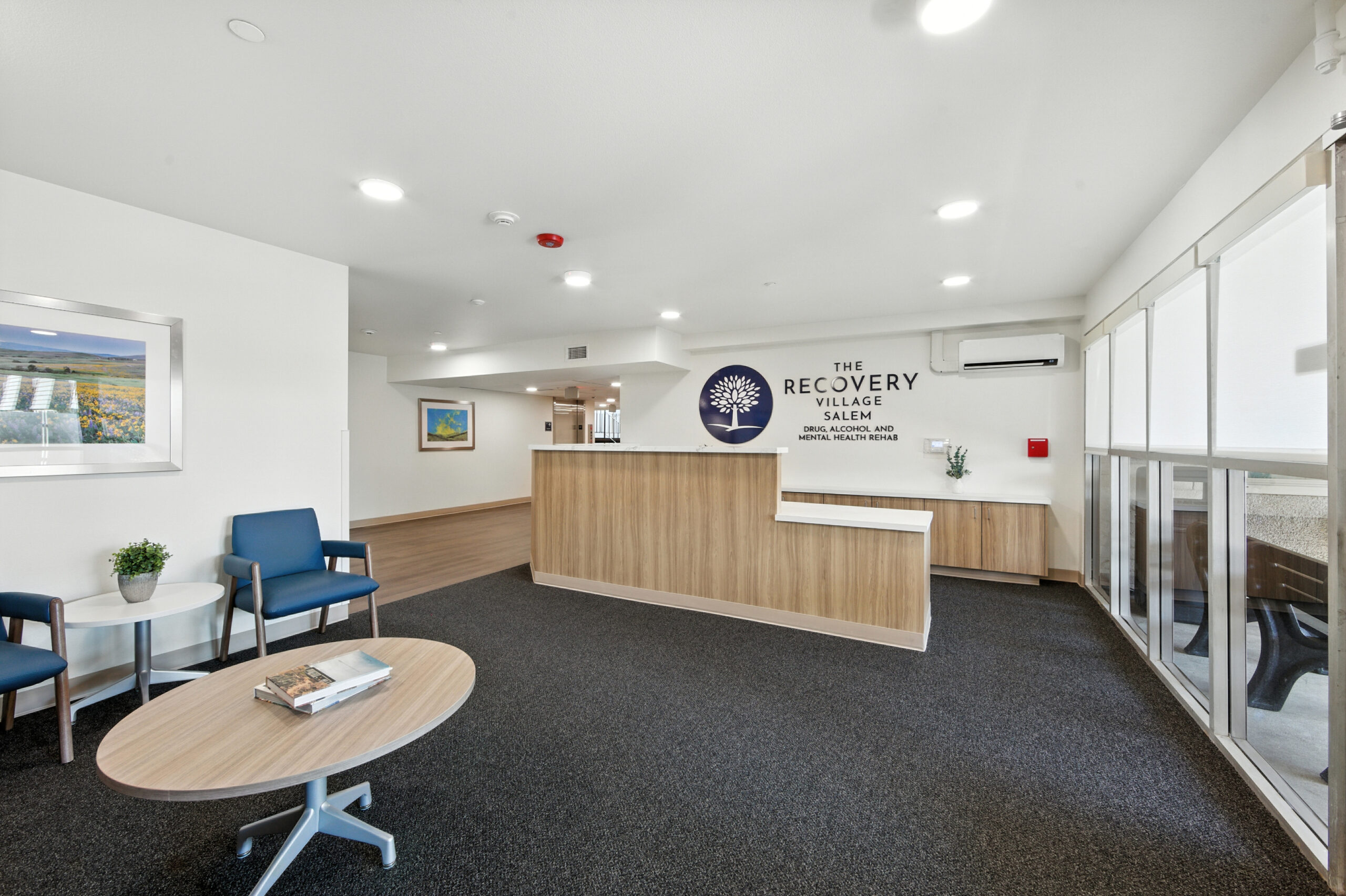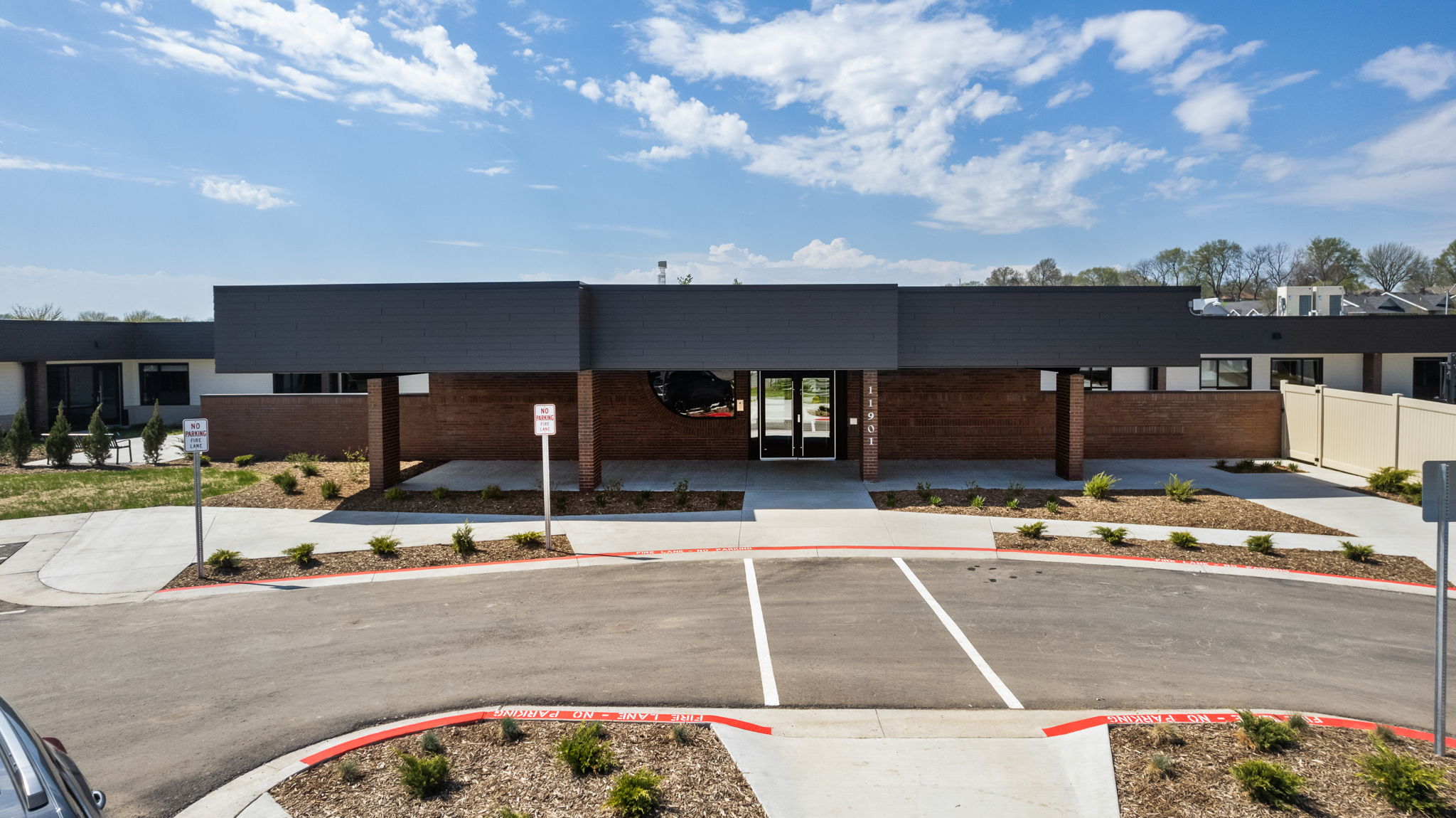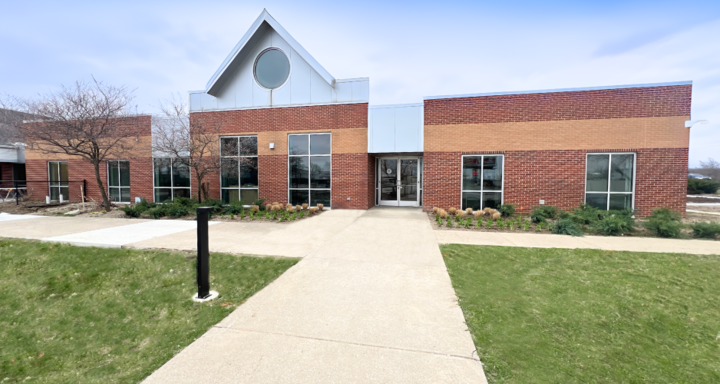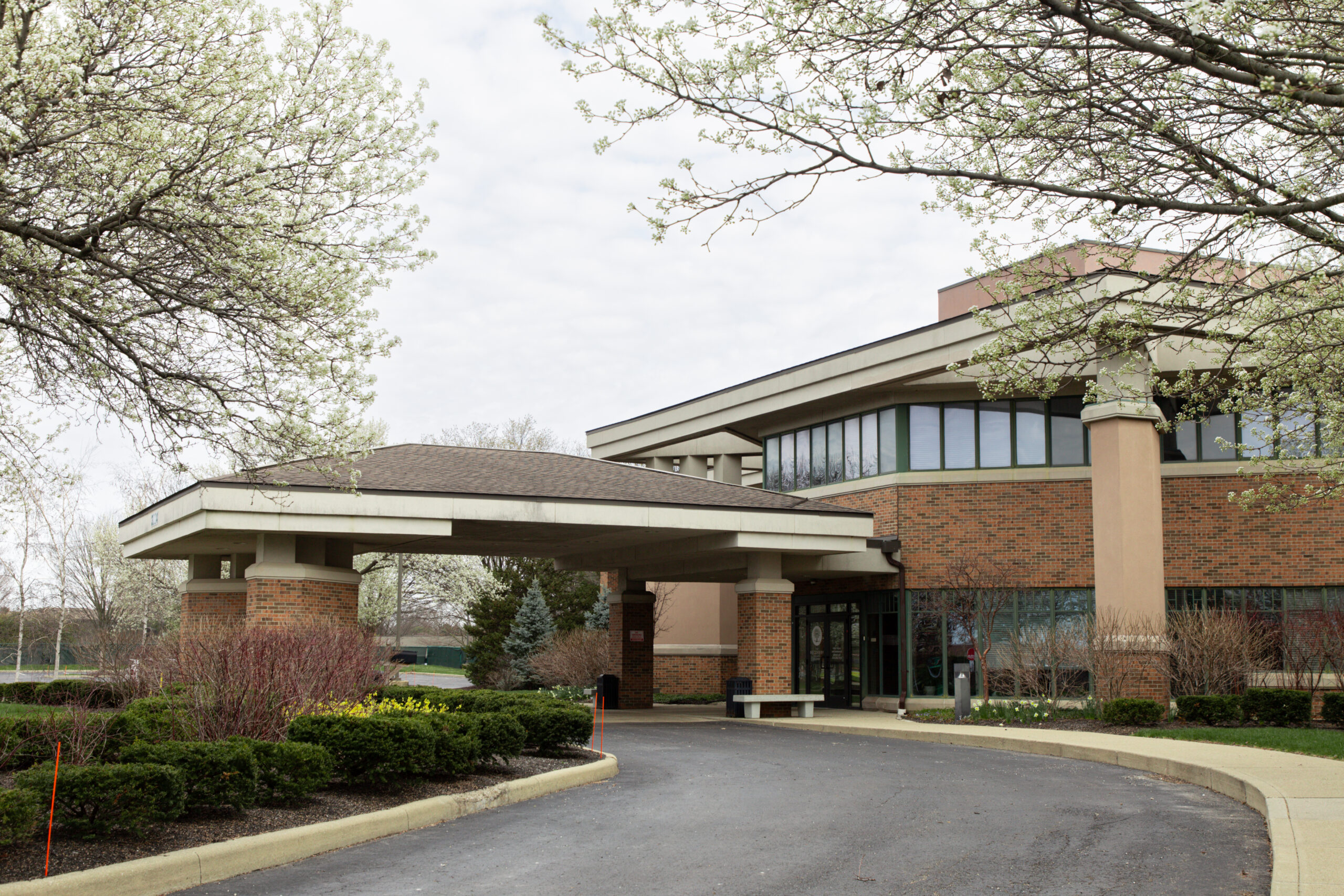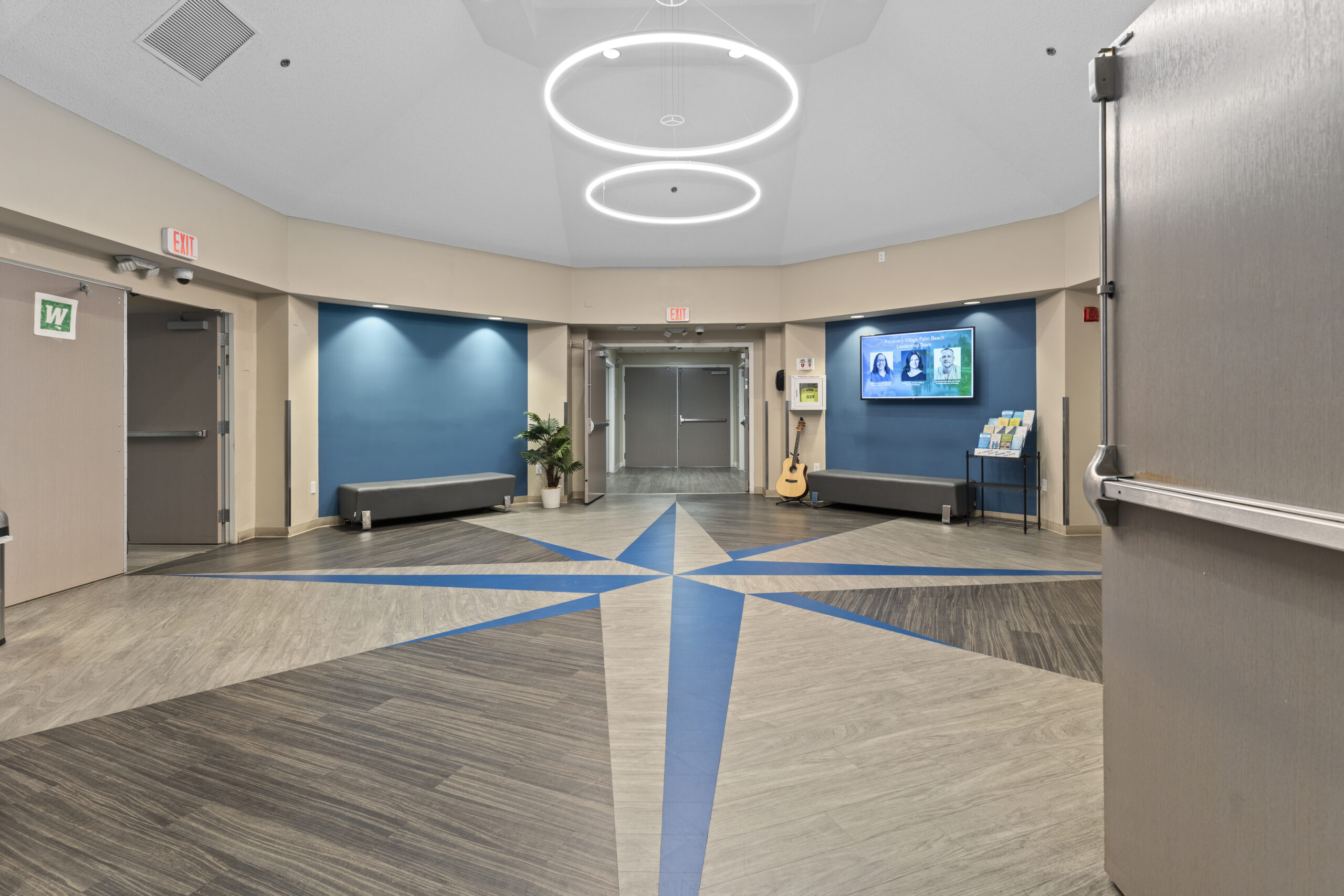Palladone was discontinued in 2005 because of an extremely high risk of overdose, especially when taken with alcohol. Treatment options for Palladone are similar to other opioids.
Palladone was an opioid medication that was prescribed to people struggling with severe or chronic pain. Palladonewas discontinuedin 2005 but may have been prescribed to you before its discontinuation. Any Palladone that is currently in existence is, therefore, likely expired or counterfeit.
Article at a Glance:
- Palladone was removed from the market by the FDA’s request in 2005.
- As a long-acting Schedule II narcotic, it had a high risk of abuse, dependence and addiction.
- Palladone has ahigh overdose risk when taken with alcohol, which led to its removal.
- Side effects were similar to other opioids and includedconstipation, nausea and vomiting.
- Medical detox and rehabare options to help those who are struggling with Palladone or other opioids.
Palladone Addiction
Palladone was a high-potency opioid used to treat pain. It works similarly to mostopioid drugs. Before it was discontinued, Palladone was prescribed asonce-dailypain relief for those who were tolerant to other opioids.
What was Palladone?
Palladone was an extended-release capsule version of the opioid hydromorphone. It was a potent painkiller that provided constant pain relief for the management of severe chronic pain.
As part of the narcotic family of prescription drugs, the drug worked by changing how the brain senses pain in the body. It binds to pain receptors in the nervous system, blocking the transmission of pain signals. In turn, a person’s tolerance for pain increased. It was meant to last all day to keep pain levels to a minimum.
The medication had a high potential for abuse and dependence. If a person was taking Palladone, they were instructed to use it exactly as prescribed by their doctor in order to mitigate the high risk of addiction.
Signs, Symptoms & Side Effects of Abuse
Common side effects of Palladoneincludedconstipation, nausea, vomiting, sleepiness, headache and dizziness.
If shallow or slow breathing occurred, this was potentially a sign of an overdose and could lead to fatal respiratory depression.
Signs of Misuse
An addiction to Palladone resulted in strong cravings, and if the person suddenly stopped taking the medication, they would likely experiencepainful withdrawal symptoms.
Long-term use could result in a person becoming dependent on it or other prescription opioids. If someone becomes dependent on an opioid, their body becomes reliant on the drug and has a difficult time adapting to pain when the medication is not present in their system.
A person who was dependent on Palladone might have constantly sought the drug. They may have shown little interest in other parts of their life that used to be important. After Palladone was discontinued, they might have sought other opioids.
Palladone Overdose
When taken recreationally, Palladone had ahigher riskof overdose than immediate-release capsules. This is because its extended-release formulation had a higher drug content intended for gradual release into the body over a 24-hour period.
Slowed breathing, decreased consciousness and small pupils are referred to as the “opioid overdose triad.” These are the main symptoms that doctors look for when diagnosing an opioid overdose. Like other opioids, Palladone suppressed the person’s drive to breathe by acting directly on the brain stem, the area of the brain that controls automatic breathing.
Other signs of an opioid overdose canincludeflaccid muscles, cold and clammy skin and a slow heartbeat.
In the event of an emergency, or if you believe you are witnessing an overdose, call 911 immediately. If you have an opioid overdose antidote like naloxone available, administer it and then call 911.
Palladone and Alcohol
It was important to avoid alcohol when taking Palladone. In fact, Palladone was removed from the U.S. market due to adrug interactionwith alcohol. Drinking alcohol while taking Palladone caused a phenomenon called dose-dumping, where the opioid was released into the body faster than expected, increasing the risk of an overdose.
Palladone Withdrawal
Stopping the use of an opioid can cause withdrawal symptoms, especially if you take the medication on a regular basis. If you are having trouble managing opioid withdrawal symptoms, you may want to look for amedically-assisted detoxification programto support you during this difficult time. In a detox program, medical professionals will be present to answer any questions you may have, as well as teach you how to cope with these symptoms.
Remember, everyone experiences withdrawal differently. It is important to seek help if you need it.
Withdrawal Symptoms
Common opioid withdrawal symptomsinclude:
- Having nausea, vomiting or diarrhea
- Feeling anxious
- Having trouble sleeping
- Experiencing hot and cold flushes
- Sweating
- Cramping
- Having runny eyes and nose
Withdrawal Timeline
If you are physically dependent on a drug, withdrawal symptoms may start around the time you would be due for your next dose. For a long-acting drug like Palladone, which was generally taken once daily, this means that withdrawal symptoms would startwithin 48 hoursand could lastup to 20 days.
However, each person has a unique physiology, and some may experience withdrawal for a longer period of time because it takes longer to rid itself of the medication.
Palladone Addiction Treatment & Detox
People who are looking to overcome their opioid addiction can benefit from a variety of resources and programs available through The Recovery Village. Whether a person begins treatment with the inpatient or outpatient rehab program, they will first need to completely detox from opioids.
Once the substance has safely left the body, you can participate in individual and group therapy counseling, as well as recreational activities while you are at The Recovery Village.
Inpatient Rehab
Inpatient rehabis an option that allows people to live on campus at one ofThe Recovery Village’s designated inpatient centerswhile they recover from opioid addiction. This program is extremely beneficial for those facing a severe opioid addiction or those who would have difficulty recovering due to distractions from their normal home environment. In the inpatient rehab program, people will have access to trained professionals who can help them overcome the challenges of their addiction.
Outpatient Rehab
Once a person completes inpatient rehab, they will then enteroutpatient rehab. Here, you will live at home while you come to The Recovery Village for scheduled appointments. Individuals with less severe addiction may begin recovery with the outpatient rehab program or online withteletherapyand skip inpatient entirely.
Choosing a Palladone Rehab Center
Choosing a rehabilitation facilityis an important step in recovering from addiction. It is recommended that people set up a meeting with their doctors to discuss what they personally need in a rehab center in order to make the most informed decision possible.
If you or someone you love is struggling with opioid addiction or another form of a substance use disorder, do not delay in getting professional help. The sooner you ask for help, the sooner you will be on your way to living a happier, healthier, substance-free life.
The Recovery Villageoffers many different resources and program options for those wishing to recover from a prescription opioid addiction.Contact us todayto learn more about these life-saving treatment options.





